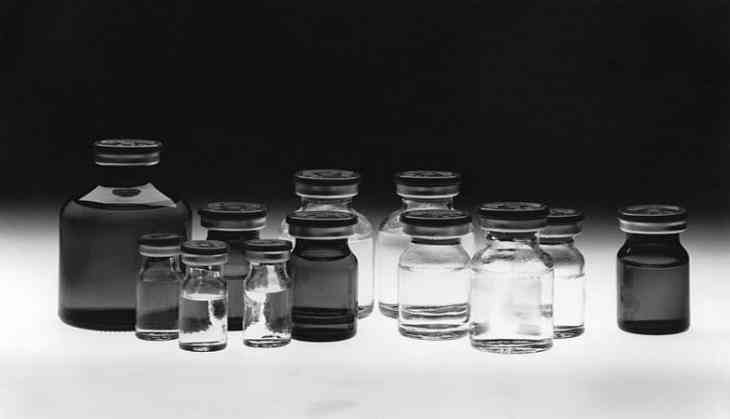
When it comes to faring well after chemotherapy, a cancer patient's social interaction matters, according to a recent study.
Researchers at the National Human Genome Research Institute (NHGRI) and the University of Oxford in the United Kingdom found that cancer patients were a little more likely to survive for five years or more after chemotherapy if they interacted during chemotherapy with other patients who also survived for five years or more.
Patients were a little more likely to die in less than five years after chemotherapy when they interacted during chemotherapy with those who died in less than five years.
"People model behaviour based on what's around them," lead author Jeff Lienert. "For example, you will often eat more when you're dining with friends, even if you can't see what they're eating. When you're bicycling, you will often perform better when you're cycling with others, regardless of their performance."
Researchers based their findings on electronic medical records data from 2000 to 2009 from two major hospitals in the United Kingdom's National Health Service. They examined the total time a patient spent with the same patients undergoing chemotherapy and their five-year survival rate. The five-year survival rate is the percentage of people who live at least five years after chemotherapy treatment is completed. For example, a five-year survival rate of 70 percent means that an estimated 70 out of 100 people are still alive five years after chemotherapy. They also reviewed a room schematic to confirm the assumption that patients were potentially positioned to interact.
When patients were around those during chemotherapy who died in less than five years following chemotherapy, they had a 72 percent chance of dying within five years following their chemotherapy. The best outcome was when patients interacted with someone who survived for five years or longer: they had a 68 percent chance of dying within five years. The researchers' model also predicted that if patients were isolated from other patients, they would have a 69.5 percent chance of dying within five years.
"A two percent difference in survival - between being isolated during treatment and being with other patients - might not sound like a lot, but it's pretty substantial," Lienert said. "If you saw 5,000 patients in nine years, that 2 percent improvement would affect 100 people."
The researchers didn't study why the difference occurred, but hypothesize that it may be related to stress response. "When you're stressed, stress hormones such as adrenaline are released, resulting in a fight or flight response," Lienert said. "If you are then unable to fight or fly, such as in chemotherapy, these hormones can build up."
While the researchers also didn't investigate the impact of visitors on cancer patients undergoing therapy, the effect would likely be similar, he said.
The findings are published online in the journal Network Science.
-ANI


